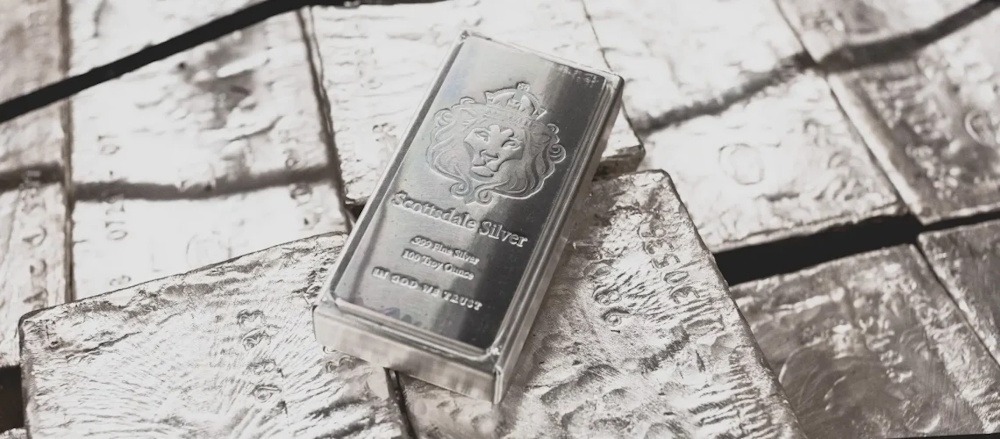
Silver experienced an increase of 2.13%, concluding at 129838, as investors evaluated the policy outlook of the U.S. Federal Reserve following its anticipated 25 basis points rate cut. The Fed projected two more reductions this year but only one in 2026, while Chair Jerome Powell struck a cautious tone, calling the move a “risk management” step amid labor market weakness. Policymakers have also adjusted their GDP growth forecasts upward, underscoring the resilience observed within the U.S. economy.
Initial jobless claims have been reported to be better than anticipated, indicating that the weakness in the labor market may not be as pronounced as previously feared. Meanwhile, Minneapolis Fed President Neel Kashkari has reaffirmed his support for two additional cuts in 2025. On the global front, the actions of central banks exhibited a degree of divergence; the Bank of Canada implemented a rate cut, whereas both the Bank of England and the Bank of Japan opted to maintain their current policy stance. The industrial demand for silver remains robust, underpinned by sectors such as solar energy, electric vehicles, and electronics, while simultaneously facing supply-side constraints that reinforce this demand. Investment in silver ETPs experienced a significant increase, as evidenced by net inflows totaling 95 million ounces in the first half of 2025. This surge has elevated total holdings to 1.13 billion ounces, which is merely 7% below the peak observed in 2021. The value of these holdings has surpassed US$40 billion for the first time.
From other perspective, silver is currently experiencing short covering, evidenced by a 2.37% decline in open interest, which now stands at 17,412, while prices have increased by 2,706 rupees. Support is positioned at 128190, and a breach below this level could lead to a decline towards 126540. Conversely, resistance is identified at 130800, and if surpassed, the market may test the 131760 level.
